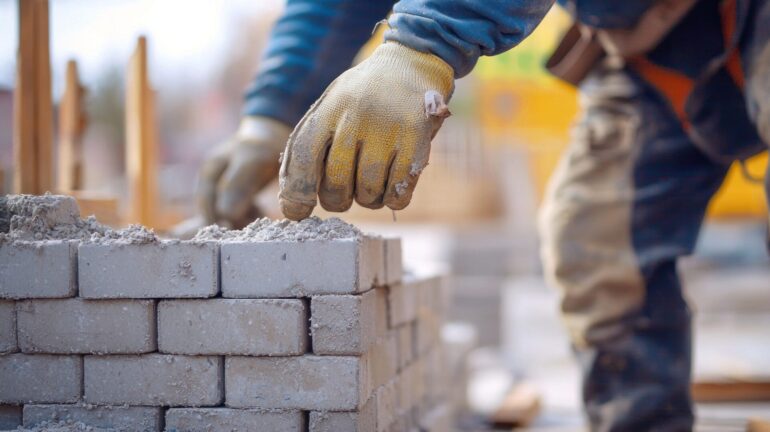The number of newbuild homes started across Scotland has fallen to its lowest level in more than a decade, according to analysis of Scottish Government housing data by DJ Alexander Ltd, the country’s largest lettings and estate agency.
The firm said that the total number of newbuild starts across all sectors dropped by 1,478 (-8.9%) between 2023/24 and 2024/25, falling from 16,582 to 15,104 – the lowest 12-month total since 2012/13.
Private sector newbuilds saw an 8.6% decline, falling by 1,123 from 13,076 to 11,953 – the weakest performance since 2013/14.
The social housing sector also experienced a 10.1% drop, with starts falling from 3,506 to 3,151, marking its lowest figure since 2012/13.
There are also significant regional disparities in newbuild activity. Edinburgh recorded 1,890 newbuild starts, accounting for 12.5% of the national total.
Glasgow, by contrast, had just 440 – only 2.9% of all starts and the city’s lowest figure since records began in 1996. When surrounding areas including Fife, Midlothian, West Lothian and East Lothian are included, nearly 39% of all Scottish newbuild starts are concentrated in and around the capital.
David Alexander, chief executive officer of DJ Alexander Scotland, said: “These latest figures highlight the key issues facing the Scottish housing sector.
“With this falling level of newbuilds in both the private and social housing sectors we face a continuation of rising prices and rents, coupled with lengthening waiting lists.
“There is an immediate need to encourage rising volumes of housebuilding in both the private and social sectors if we are to start to address the enormous levels of demand in the Scottish housing market.”
Alexander added: “Low newbuild volumes have contributed to the substantial house price rises we have seen in Scotland and given that this situation persists this is only likely to continue in the future.
“If supply remains subdued at the current level, then there can only be one outcome which is greater demand leading to much greater price rises as the market struggles to produce enough homes for Scotland’s current and future population.
“The private rented sector has never experienced the current level of demand. We regularly have unprecedented numbers of people applying for properties without adequate supply to meet the number of tenants.
“Given that the volume of social housing is already unable to meet the existing demand for homes, with hundreds of thousands on waiting lists, and tens of thousands homeless and in temporary accommodation, there is the very real possibility that these figures highlight just how much worse an already difficult market is going to get.”
He concluded: “Without a major investment in social housing, greater support for the private rental sector, and encouragement and more incentives for the housebuilding sector it is clear that tens of thousands of people living in Scotland are going to be unable to find a home to live in over the next few years. The geographic difference is also quite marked.
“We cannot have a housing sector which is focused on one part of Scotland at the expense of the rest of the country.
“We need housing across all areas to meet demand now and in the future. Edinburgh and the surrounding areas are now taking up a growing volume of newbuild activity, and, in the long term, this cannot be healthy for the wider Scottish housing market.
“We need a broad range of activity over a wider geographic area to ensure that demand is being met wherever it arises. At a time when more homes than ever are needed to meet growing demand in Scotland it is essential that everyone involved in the sector – from builders, investors, landlords, agents, governments, trade bodies, and official housing bodies – unites to develop a quick, effective, and functioning solution to this rapidly growing problem.
“Scotland needs to build more homes, and it needs to do it immediately. As the UK Housing Secretary Steve Reed recently said we need to ‘build, baby, build’ if we are to resolve the current housing emergency any time soon.”



